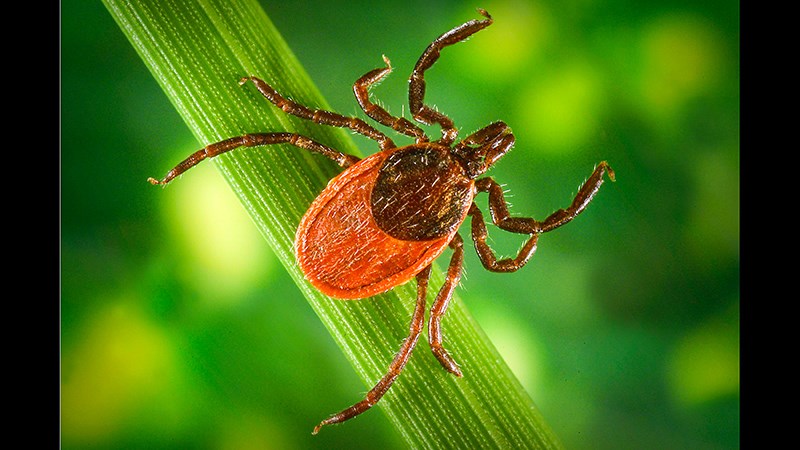Journal staff
Lambton Public Health (LPH) is reminding residents to ‘Prevent the Bite’ as warmer weather arrives, increasing the risk of encountering ticks and mosquitos that can transmit Lyme disease and West Nile virus to humans.
Using insect repellant, wearing long-sleeved shirts and pants and completing visual checks for bugs during and after outdoor activities, are encouraged, the health unit said, adding that eliminating any standing water around your porter can limit mosquitos from breeding.
“Surveillance conducted by LPH helps monitor the region for the presence of both Lyme disease and West Nile Virus,” the health unit noted in a news release this week.
“Through this surveillance, LPH has identified Pinery Provincial Park and a 20km surrounding area, including Port Franks, as a high-risk area for Lyme disease due to a large blacklegged (deer) tick population.
Lyme disease is spread by the bite of an infected blacklegged (deer) tick, a tiny, slow-moving bug about the size of a sesame seed. Ticks live in wooded areas and fields and attach themselves to a person or animal that brushes against plants, bushes, or tall grass.
West Nile Virus is spread by the bite of an infected mosquito. Mosquitoes are most
active at dusk and dawn and can commonly be found around stagnant or standing
water and bushes or shrubbery.
For more information, visit lambtonpublichealth.ca
